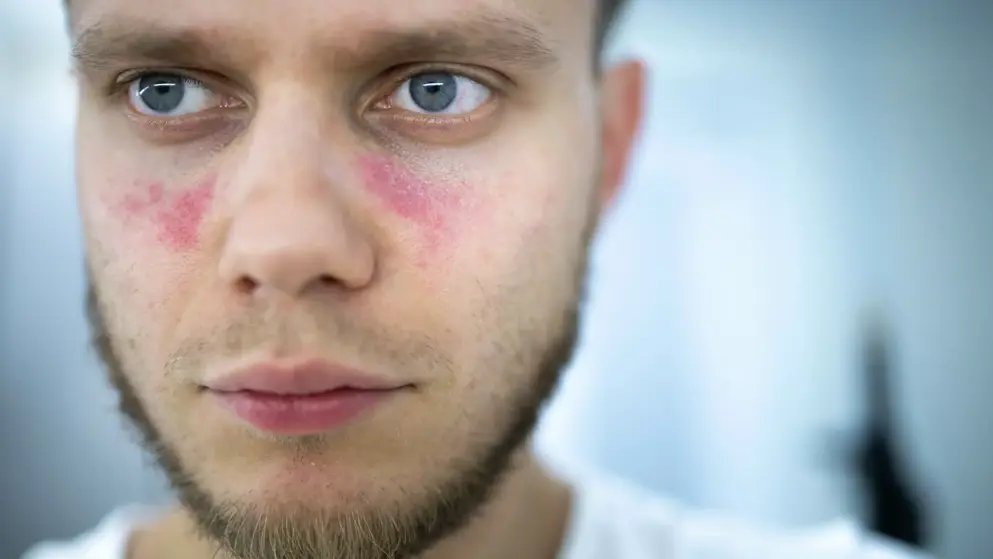
Phase II positive data from WILLOW study of enpatoran in patients with CLE and SLE lupus rash.- Merck KGaA
Merck KGaA, a leading science and technology company announced positive data on enpatoran, an investigational, oral, novel TLR7/8 inhibitor, demonstrating clinically meaningful reduction in disease activity in patients with cutaneous lupus erythematosus (CLE) and systemic lupus erythematosus (SLE) with active lupus rash. The findings are from Cohort A of the Phase II WILLOW study (NCT05162586). Results will be presented at the 16th International Congress on Systemic Lupus Erythematosus (LUPUS 2025), taking place May 21-24 in Toronto.
WILLOW is a global, multicenter, randomized, placebo-controlled Phase II study evaluating three doses of enpatoran taken twice daily (25 mg, 50 mg and 100 mg) versus placebo plus standard of care (SoC) over 24 weeks. The study features a unique design across two lupus cohorts, including both patients with active SLE and CLE. Cohort A focused on patients with CLE or SLE with active lupus rash and evaluated organ-specific disease activity using the Cutaneous Lupus Erythematosus Disease Area and Severity Index Activity (CLASI-A) score, a well-defined endpoint in CLE studies that measures different aspects of mucocutaneous manifestations. Cohort B was designed to evaluate the effect of enpatoran on systemic disease activity of SLE patients with the BICLA response endpoint.
Cohort A met its primary endpoint, demonstrating a dose-response relationship and showing a clinically meaningful improvement in CLASI-A scores at Week 16 (p = 0.0002). Additionally, at Week 24 up to 91.3% of patients receiving enpatoran achieved a CLASI-50 response (≥50% improvement from baseline), and up to 60.9% achieved a CLASI-70 response (≥70% improvement), compared with 38.5% and 11.5%, respectively, in the placebo group. In this cohort, enpatoran was well-tolerated, and exhibited a manageable safety profile consistent with previous studies, with no new safety signals identified.
“Lupus can make navigating everyday life difficult. The skin manifestation, known as lupus rash, often comes with persistent itching, which can lead to scarring and hair loss. This can significantly impact the physical, emotional and social well-being of those living with lupus, underscoring the urgent need for effective treatments," said Jan Klatt, Head of Development Unit Neurology & Immunology for the Healthcare business of Merck. “We are encouraged by the WILLOW results, where we observed clinically meaningful efficacy with a favorable safety profile in people living with lupus rash. Based on these results, discussions with health authorities on a global Phase 3 program with enpatoran are underway.”
In addition, and confirming the biological activity, treatment with enpatoran in Cohort A also led to a rapid reduction in interferon gene signature scores beginning at Week 2, which was maintained to Week 24, confirming the involvement of the TLR7/8 pathway in interferon activation in CLE. Overall, evidence from the WILLOW study supports the continued development of enpatoran as a treatment for autoimmune diseases like lupus.
On Cohort B of the WILLOW study, promising efficacy results were observed in prespecified subpopulations, even though the primary endpoint of dose response was not met. The full readout from this cohort will be presented at the European Alliance of Associations for Rheumatology Congress (EULAR 2025).
Principal investigator Prof. Eric Morand of Monash University and Monash Health, said, “These new findings offer promising evidence that, with enpatoran, we may be able to advance outcomes, which remain suboptimal for most patients. The data from the WILLOW study further our understanding of TLR7/8 inhibition in SLE and CLE, which is a novel mechanism of action that may offer new hope for patients.”
Toll-like receptors (TLR)7 and TLR8 play a relevant role in lupus pathogenesis and are associated with severe manifestations of the disease. By inhibiting these key disease drivers, enpatoran’s unique proposed mechanism of action aims to enhance therapeutic efficacy while preserving the body's immune response, potentially overcoming limitations of existing lupus therapies.
About the Phase II WILLOW Clinical Study; WILLOW (NCT05162586) is a randomized, double-blind, placebo-controlled Phase 2 proof of concept and dose-finding study designed to evaluate the efficacy and safety of enpatoran in patients with systemic lupus erythematosus (SLE) and cutaneous lupus erythematosus (CLE). The study incorporates a basket design, including two cohorts – Cohort A including patients with CLE or SLE with active lupus rash and Cohort B including patients with active SLE. The WILLOW study aims to advance the understanding of enpatoran’s therapeutic potential and to help address significant unmet needs in lupus treatment.

